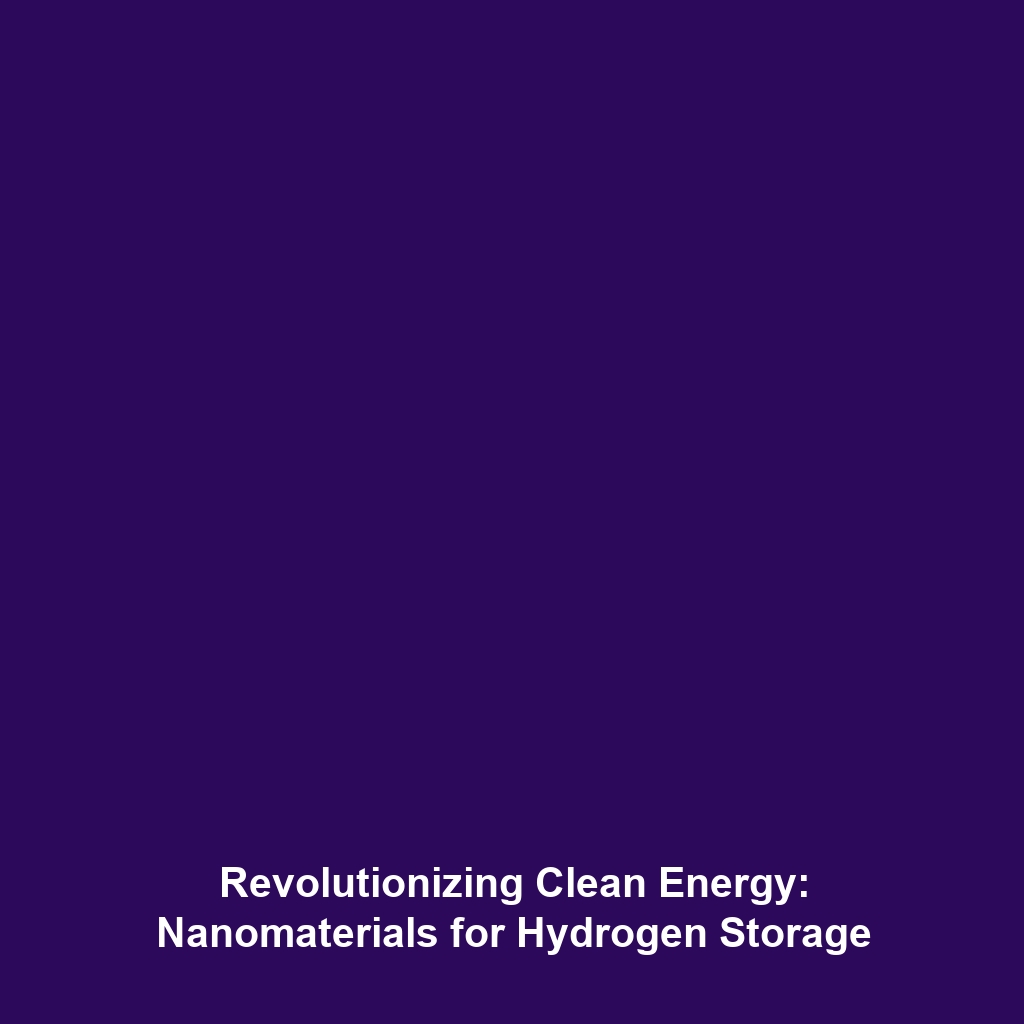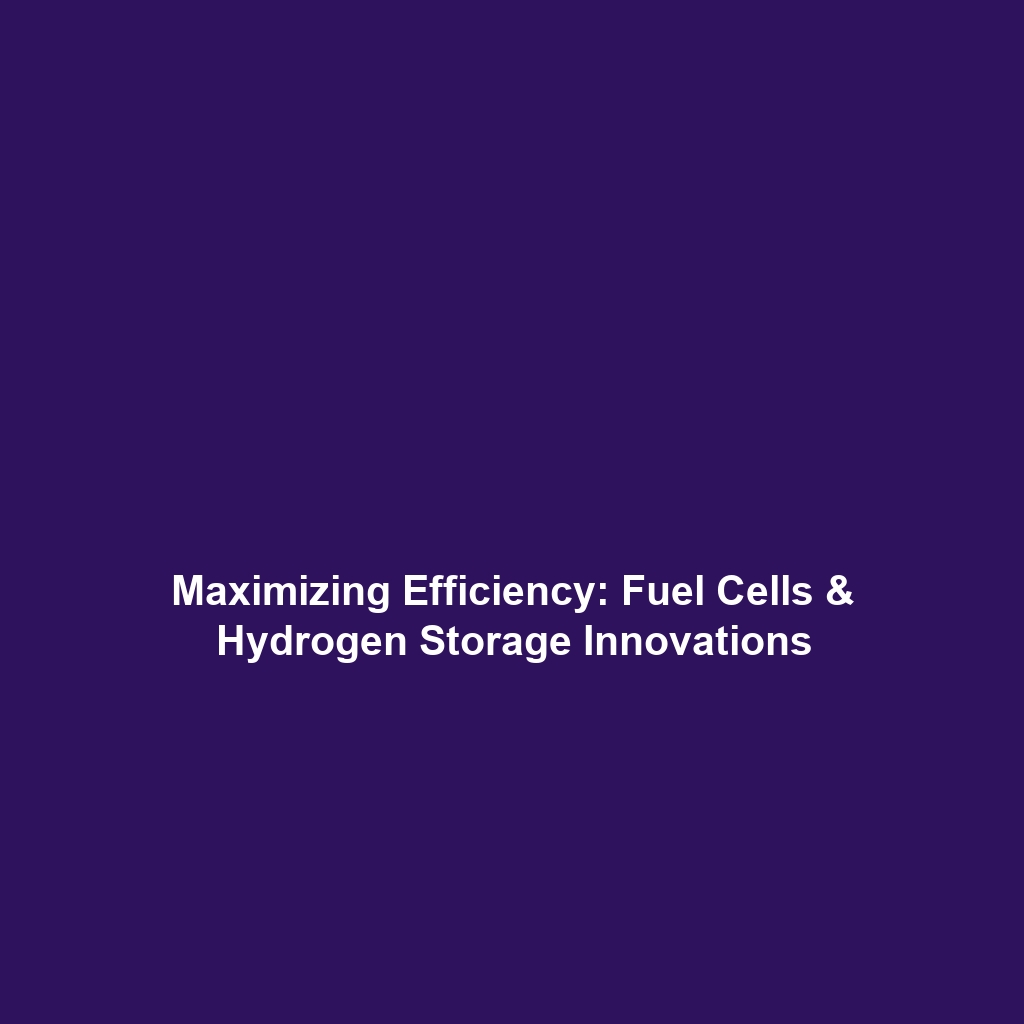Oxygen Production: Methods like Electrolysis and MOXIE for Colonizing Mars
As humanity pushes the boundaries of space exploration, oxygen production becomes a critical factor in the quest for colonizing Mars. Without sustainable oxygen sources, the bold vision of establishing human habitats on the Martian surface remains unattainable. Increasingly, researchers are examining innovative methods such as electrolysis and the MOXIE (Mars Oxygen In-Situ Resource Utilization Experiment) technology. This article delves into these methods and their vital role in making Mars colonization feasible.
Key Concepts of Oxygen Production on Mars
Understanding how oxygen can be produced on Mars revolves around several key concepts:
- Electrolysis: This process involves splitting water (H2O) into oxygen (O2) and hydrogen (H2) using an electric current. On Mars, the availability of water, either from ice or extracted from the soil, makes electrolysis a promising method for oxygen production.
- MOXIE Technology: Developed by NASA, MOXIE extracts oxygen from the carbon dioxide (CO2) present in the Martian atmosphere. During its operation, MOXIE has demonstrated the ability to produce small quantities of oxygen, marking a significant step towards sustainable life support systems.
Both methods emphasize the need for efficient resources and energy management critical to colonizing Mars.
Applications and Real-World Uses
The implications of oxygen production techniques extend beyond theoretical discussions. Here are some practical applications of these methods:
- Support for Human Habitats: If effectively implemented, electrolysis could provide a continuous oxygen supply for living spaces on Mars, safeguarding the health of future inhabitants.
- Fuel Production: The hydrogen produced via electrolysis could also be utilized as fuel for Martian rovers or as a resource for generating energy through fuel cells.
- Scientific Research: Instruments like MOXIE can be critical in further studies regarding CO2 capture and conversion processes essential for maintaining ecosystems on Mars.
Current Challenges of Oxygen Production on Mars
Despite its significant promise, the journey towards reliable oxygen production faces several challenges:
- Resource Limitations: Efficiently sourcing water and maintaining equipment on Mars poses logistical challenges.
- Energy Demands: The energy requirements for both electrolysis and MOXIE technology are substantial; ensuring a stable energy supply is crucial.
- Environmental Factors: Harsh Martian conditions can impact the effectiveness and longevity of production systems.
Future Research and Innovations
The future of oxygen production shows great promise with advancing technologies. Potential breakthroughs that could revolutionize efforts include:
- Enhanced Electrolysis Systems: Research is underway to develop more energy-efficient electrolytic cells that could operate using renewable energy sources abundant on Mars.
- Advanced MOXIE Prototypes: Future editions of MOXIE are expected to increase production efficiency and lower the energy costs associated with oxygen extraction from CO2.
- Bioregenerative Systems: Exploring biological methods for oxygen production, such as algae or plant growth, may offer scalable and sustainable options.
Conclusion
Oxygen production through methods like electrolysis and MOXIE is vital to the broader objective of colonizing Mars. These technologies not only mitigate our reliance on Earth for oxygen but also provide pathways for creating sustainable human presence on the Red Planet. As research continues and innovations emerge, taking strategic steps in developing these oxygen production methods will be crucial. For further reading on Mars colonization, explore our articles on sustainable technologies for Mars and human habitats on Mars.




